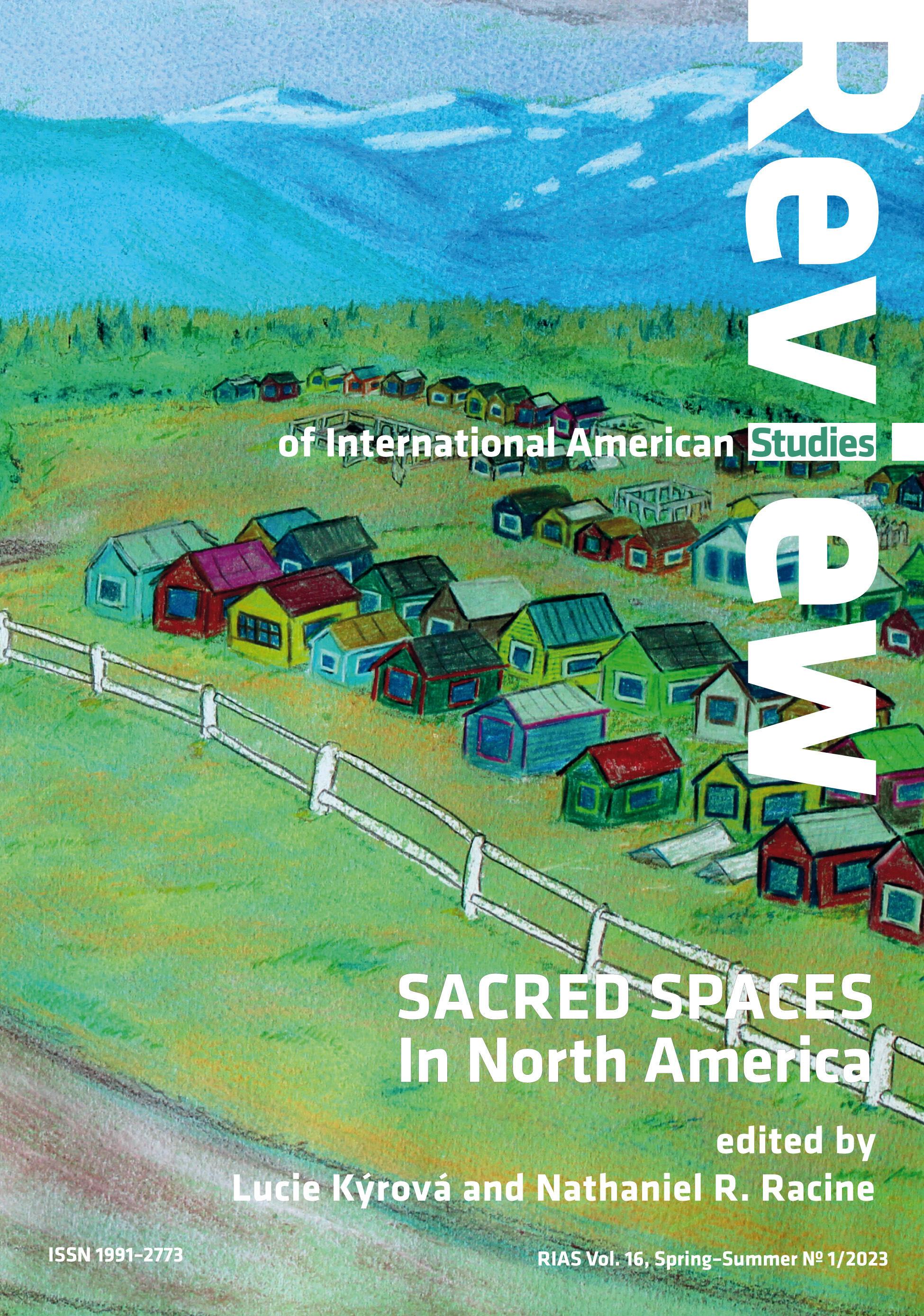INDIGENOUS BURIAL SPACES IN MEDIA: Views of Mi’gmaq Cemeteries as Sites of Horror and the Sacred
INDIGENOUS BURIAL SPACES IN MEDIA: Views of Mi’gmaq Cemeteries as Sites of Horror and the Sacred
Author(s): Jennifer SternSubject(s): Social Sciences, Language and Literature Studies, Customs / Folklore, Media studies, Theology and Religion, Cultural Anthropology / Ethnology, Culture and social structure , Sociology of Culture, Social Norms / Social Control
Published by: Wydawnictwo Uniwersytetu Śląskiego
Summary/Abstract: The term “ancient Indian burial ground” holds bifurcated meaning for Indigenous and mainstream populations. What one group may respect as sacred ground where their ancestors rest, another sees the mystical –and frequently evil– site of forces beyond their knowledge influenced by an ethnic Other. This paper explores this dual labeling of North American Indigenous burial sites through media by looking at representations of Mi’gmaq burial gravesites. In director Jeff Barnaby’s 2013 Rhymes for Young Ghouls, main character Aila (Devery Jacobs) confronts two burial sites that turn the mainstream stereotype on its head: that of her mother which situates Indigenous burials in a contemporary context and that of a mass grave of children at her residential school which places malintent on settler colonial practices. The film highlights Indigenous ways of coping with these practices including violence, substance abuse, and art. Dissimilarly, Pet Sematary’s (1989) plot involves no Mi’gmaq representation but follows non-Indigenous Louis (Dale Midkiff) as he interacts with a stereotypical Indian burial ground imbued with evil, unknown magic that leads to the inevitable downfall of his entire family. Both films interestingly include zombies, and they portray Indigenous burial spaces similarly as shot from above and filled with fog. However, their conclusive statements placing the blame behind the horror are vastly different.
Journal: Review of International American Studies
- Issue Year: 16/2023
- Issue No: 1
- Page Range: 223-258
- Page Count: 36
- Language: English

